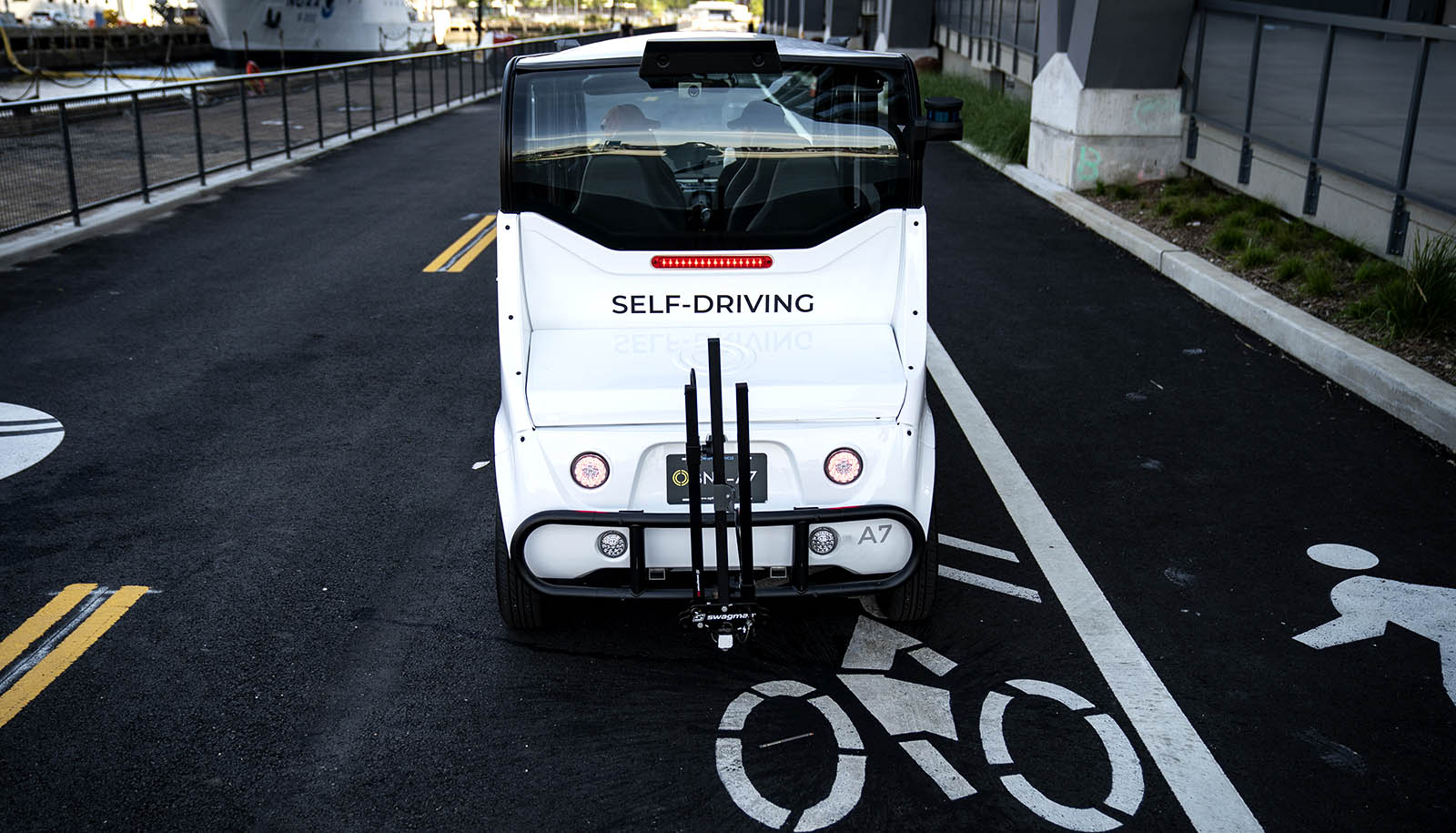Our existing social contract around driving should apply to automated vehicles, say researchers, essentially solving the “trolley problem.”
The classic thought experiment asks: Should you pull a lever to divert a runaway trolley so that it kills one person rather than five? Alternatively: What if you’d have to push someone onto the tracks to stop the trolley? What is the moral choice in each of these instances?
For decades, philosophers have debated whether we should prefer the utilitarian solution (what’s better for society; i.e., fewer deaths) or a solution that values individual rights (such as the right not to be intentionally put in harm’s way).
In recent years, automated vehicle designers have also pondered how AVs facing unexpected driving situations might solve similar dilemmas. For example: What should the AV do if a bicycle suddenly enters its lane? Should it swerve into oncoming traffic or hit the bicycle?
According to Chris Gerdes, professor emeritus of mechanical engineering and co-director of the Center for Automotive Research at Stanford (CARS), the solution is right in front of us. It’s built into the social contract we already have with other drivers, as set out in our traffic laws and their interpretation by courts. Along with collaborators at Ford Motor Co., Gerdes recently published a solution to the trolley problem in the AV context in the Journal of Law and Mobility. Here, Gerdes describes that work and suggests that it will engender greater trust in AVs:
Source: Katharine Miller for Stanford University
Author Profile
- "Center" Bias Rating
- Futurity is a nonprofit website that aggregates news articles about scientific research conducted at prominent universities in the United States, the United Kingdom, Canada, Europe, Asia, and Australia. It is hosted and edited by the University of Rochester.
Latest entries
 ScienceSeptember 19, 2024Deadly snail venom could make diabetes medicines better
ScienceSeptember 19, 2024Deadly snail venom could make diabetes medicines better ScienceSeptember 18, 2024Breast milk antibodies protect against rotavirus
ScienceSeptember 18, 2024Breast milk antibodies protect against rotavirus ScienceSeptember 18, 2024Low levels of 1 mineral can make IBD worse
ScienceSeptember 18, 2024Low levels of 1 mineral can make IBD worse ScienceSeptember 17, 2024Nanoparticles deliver drugs to kill cancer cells in mice
ScienceSeptember 17, 2024Nanoparticles deliver drugs to kill cancer cells in mice

